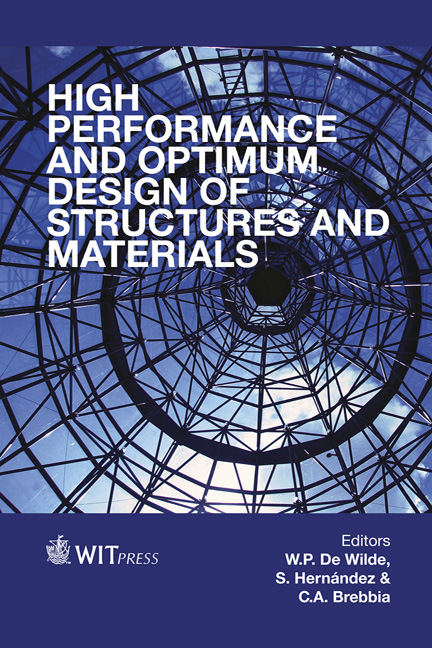Bio-compatible Polymer Coatings Using Low Temperature, Atmospheric Pressure Plasma
Price
Free (open access)
Transaction
Volume
137
Pages
9
Page Range
579 - 587
Published
2014
Size
513 kb
Paper DOI
10.2495/HPSM140531
Copyright
WIT Press
Author(s)
S. Farhat, M. Gilliam, A. Zand & M. Rabago-Smith
Abstract
Current research has been dedicated to investigating the viability of atmospheric pressure plasmas for use in coating technology. In addition to being more cost effective and efficient, atmospheric pressure plasma offers a more streamlined process, as it can be employed directly into the production line. Atmospheric pressure plasma has been used in applications including biocompatibility, hydrophilicity/hydrophobicity, and coating with antibacterial films. Polyethylene is used as a biocompatible surface for ball and socket joint replacements, which are under constant wear. Atmospheric pressure plasma treatment was used to change the surface chemistry by grafting various biocompatible polymers to the polyethylene surface, as methods of providing wear resistance as well as providing a self-lubricating surface. The organic coatings included biocompatible polymers, such as poly(2- hydroxyethylmethacrylate), polyethylenimine, and polyethylene glycol. Low temperature, atmospheric pressure plasma was used, along with an in-house constructed spray delivery system, to coat high density polyethylene substrates. Coatings were characterized with Fourier transform infrared spectroscopy (FTIR), contact angle analysis, and adhesion testing. A significant decrease in contact angle was noted for various coatings produced with this method, indicating an increased wettability. Plasma processing conditions, specifically the pretreatment of the substrate and the input power, greatly affected the adhesion and uniformity of the polymerized layer. Keywords: atmospheric pressure plasma, coatings, hydrophilicity.
Keywords
atmospheric pressure plasma, coatings, hydrophilicity.





